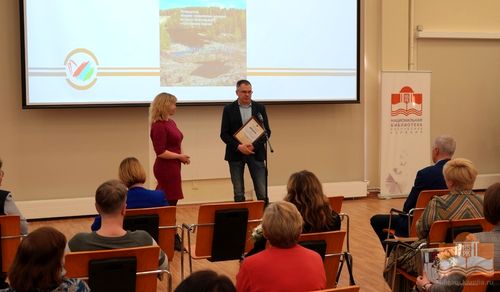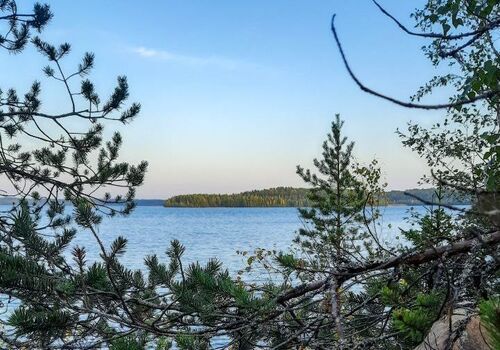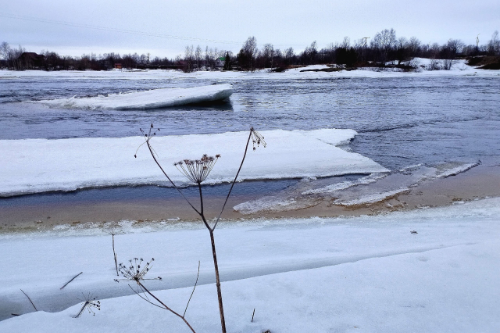The title “Book of the Year” and the token were given to the book “Obonezhye Bylinas Retold for Children” compiled and authored by Senior Researcher at the Folklore and Literature Studies Unit of the Institute of Linguistics, Literature and History KarRC RAS Valentina Kuznetsova. This book was also the winner in the categories "Karelia = Karjala", “High-Class Book”, and “To Read and Re-read”. The publishing house is Periodika. The book comprises 25 bylinas recorded by folklore collectors in Zaonezhye (trans-Onega) and Pudozh area in the 19th – early 20th centuries. The reader is introduced not only to the plots but also to the bylina style: Valentina Kuznetsova included fragments of the original records and retained the bylina style in the prosaic parts of the text as much as possible.
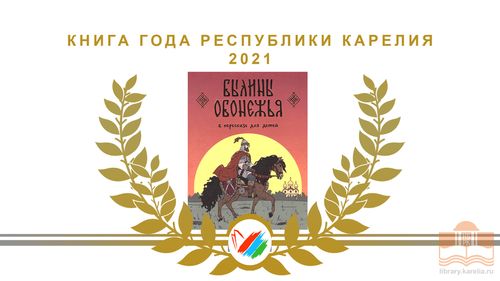
The guidebook to the geology and mining history of Petrozavodsk and Central Karelia “Geological Heritage of Karelia” prepared by staff of the Institute of Geology KarRC RAS (editorial board: L.V. Kuleshevich, S.A. Svetov) and printed by the KarRC RAS Editing and Publishing Department became the winner in the “Light of Science” category. KarRC RAS Editing and Publishing Department received Letters of Acknowledgement, including one from the Republic of Karelia Tourism Administration.
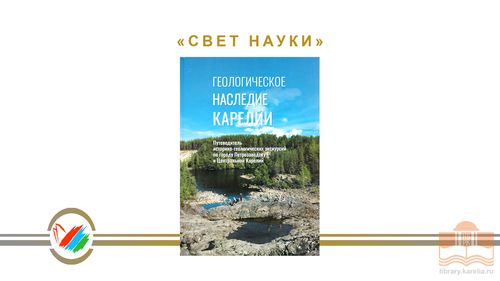
The guide provides information about geological destinations and tours and describes the routes for anyone to follow. The book gives tourists, local lore explorers, students and schoolchildren wider knowledge of the region’s geology, formation history of Karelia’s modern terrain, main natural destinations in the republic, as well as the mining history through examples of individual deposits.
The prize in the “Book Art” category was awarded to the album “Alexander Kharitonov: watercolors, drawings, collages” in which one of the compiling authors was Ekaterina Rychkova, art expert, Researcher at the Ethnology Unit of the Institute of Linguistics, Literature and History KarRC RAS.
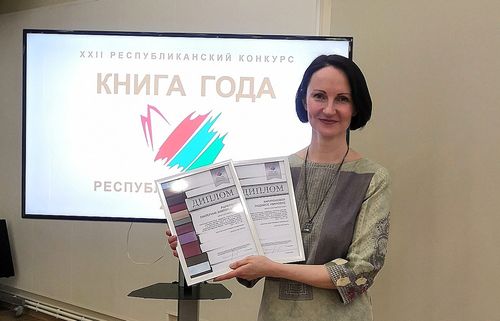
Photos by Republic of Karelia National Library




